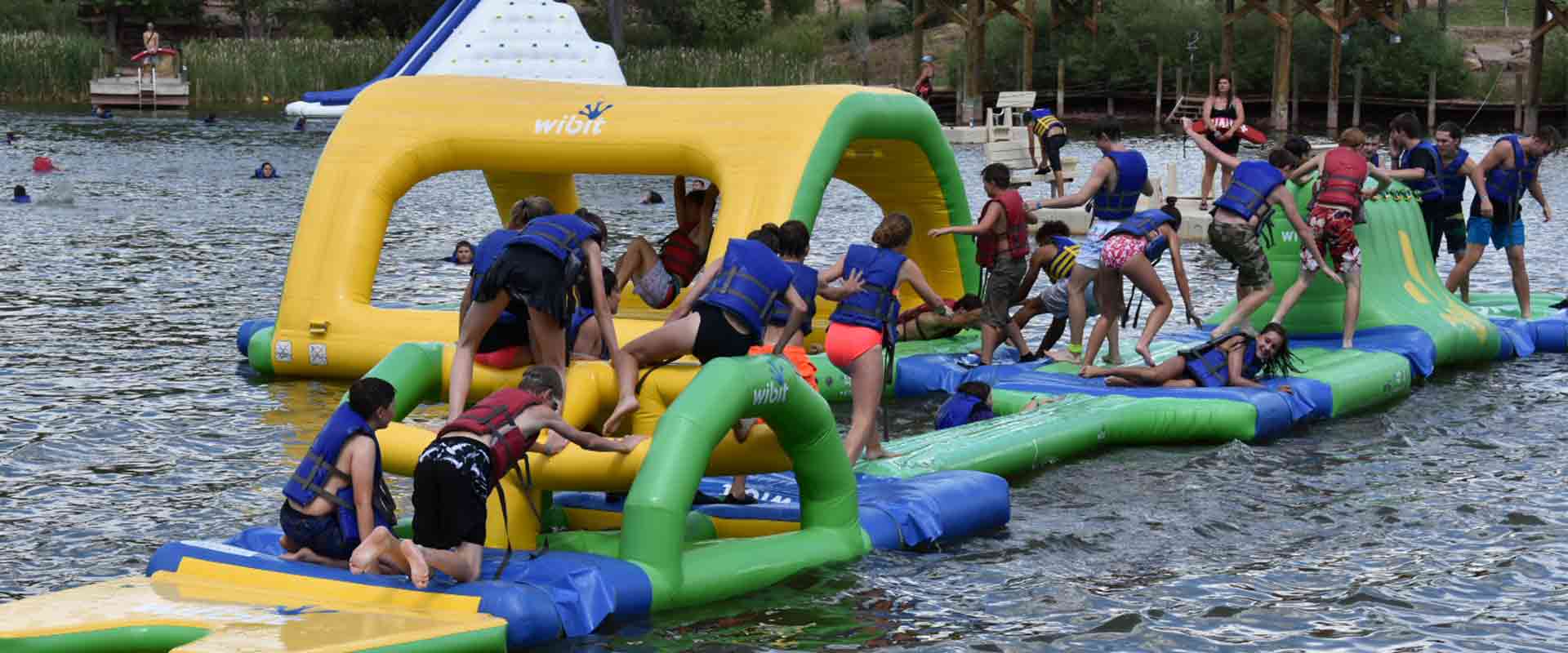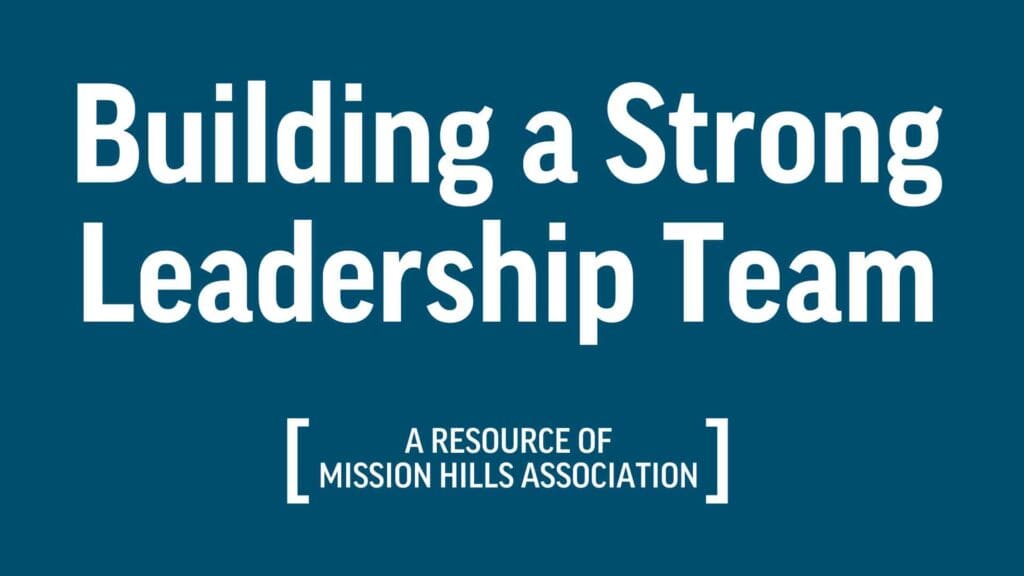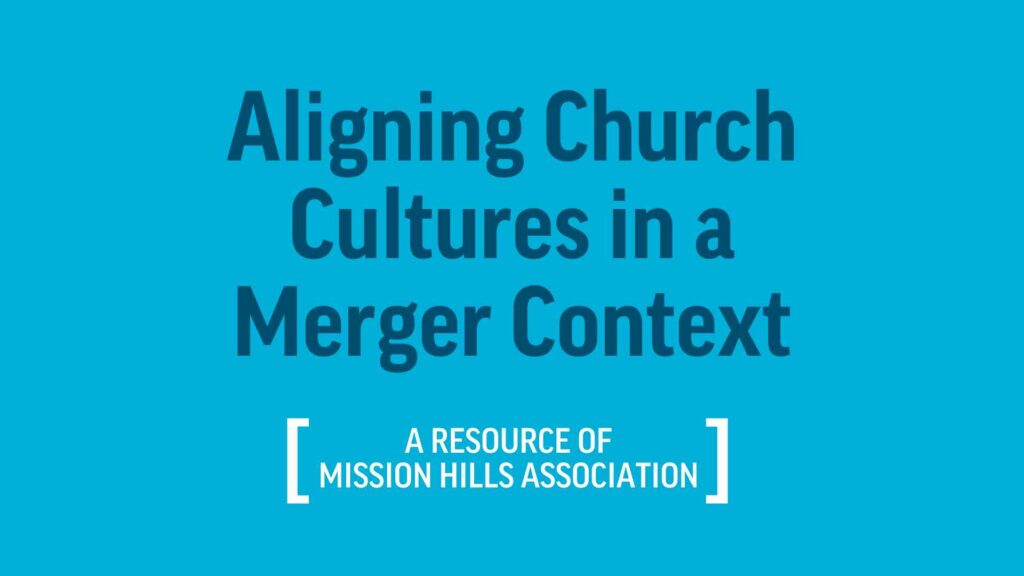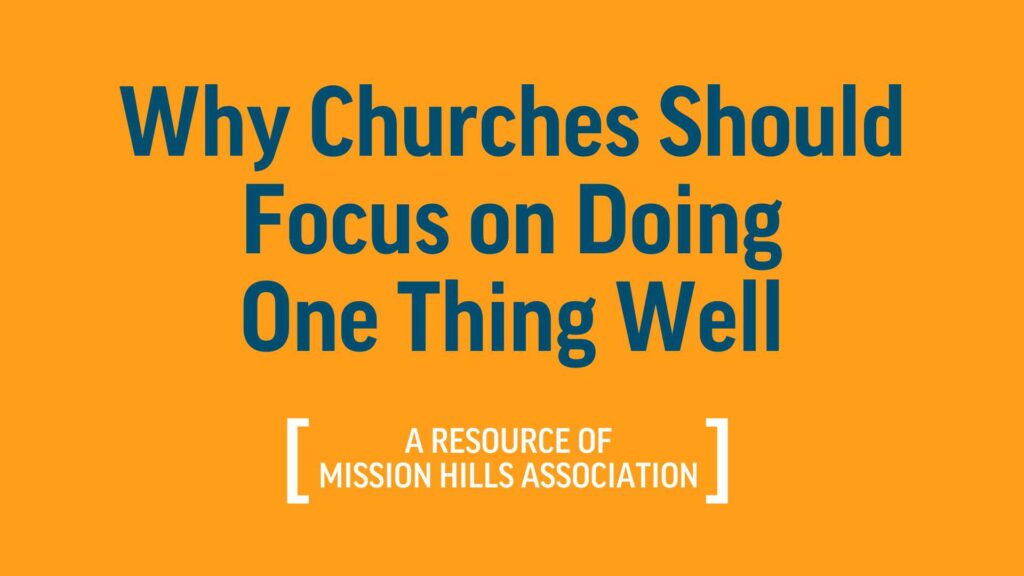
Planning a youth camp involves more than just logistics. Ultimately, your youth camp should be about creating an environment where your group can grow spiritually, organically build relationships with other young believers, and have fun. This means incorporating activities, workshops, and discussions that challenge and inspire them to deepen their faith and connection to God. It also means fostering a sense of community and belonging, where they can feel supported and encouraged by their peers.
There’s so much that goes into planning a youth camp that the process can get overwhelming. High School Ministry Director at Mission Hills Littleton, Stephen Boyer says his biggest piece of advice to new pastors is to wait. “If you are new to a ministry or organization – be patient and wait. Get to know the organization first. Sometimes, you have to experience what was in order to be able to speak to new things.”
Ultimately, though Boyer says youth camp is worth the work. “You see a lot at camp in a short period of time, and you learn a lot. I am always amazed about how the Lord shows up.”
Here are some tips to make sure your camp programming leaves space and time for your students to experience God and build relationships with each other.
How to Make Space for God + Community
“When planning camp activities, it’s often beneficial to involve your youth group in the process,” says Boyer. Ask them what they want to do and experience at the retreat. This engagement ensures the activities resonate with their interests and spiritual needs. Consider including college-aged youth leaders in your planning team because of their valuable insights and connection to the participants.
Balance Activities + Free Time
Because church camps are brief it’s easy to overschedule. Resist the urge to fill every moment with activities. Allow time for campers to organically build relationships with their peers and reflect on what they’ve learned.
In fact, downtime is essential for your students to process what they’ve learned. There are two primary reasons to allocate time for downtime.
- Activation of the Default Mode Network (DMN): When the brain isn’t focused on learning or memorizing information, it solves problems creatively and processes information more deeply.
- Self-awareness: Reflection time helps your youth group become more self-aware and work through their feelings about what they are experiencing during the camp. This is crucial for their spiritual growth, as they have time to subconsciously apply what they’re learning to their relationship with God and others.
Don’t leave quiet time up to the student to work into their free time. Schedule time and space for intentional solitude, reflection, and prayer.
Boyer reminds us that small breakout sessions can lead to deeper conversations and assist youth in processing and applying their experiences. College-aged leaders could be in charge of these sessions, resulting in a more relatable conversation.
Developing the Retreat’s Theme + Focus
Several factors will influence the theme of your youth retreat. Here are a few we discussed in part 1 of this series.
- Location and available activities: Is there an abundance of outdoor activities? Is the location more urban? Does the facility offer water activities or other on-site activities like an obstacle course or sports fields?
- Location availability: It’s important to make sure the location is booked and secured before you build a theme around a specific camp that ends up being full.
- Time is your friend, so start planning early.
You can read part 1 of our series, “Mastering Camp Location Planning and Logistics,” here.
Choosing Guest Speakers + Workshop Leaders
Selecting the right guest speakers can also significantly impact the retreat experience. Here are some tips:
1. Start Early
Reach out to potential speakers and praise teams around the time you begin planning the theme and earlier if you can (9–12 months out). Read more about camp planning timelines in the first part of this series, “Mastering Camp Location Planning and Logistics.”
2. Consider Relevance and Expertise
Choose speakers who resonate with your youth group’s needs and have expertise in the retreat’s focus areas. Review their previous work and testimonials to ensure a satisfactory fit.
3. Communicate Clearly
Provide detailed information about the retreat, including dates, location, expected audience size, and fee. Clear communication helps speakers prepare and align their messages with your retreat’s objectives.
Planning Fun + Spiritually Enriching Activities
1. Engage Youth in Planning
Include your youth group in brainstorming activities. This ensures the activities are enjoyable and relevant to their interests while also providing spiritual enrichment.
2. Plan a Variety of Activities
- Team-Building Exercises: These can foster community and collaboration.
- Outdoor Adventures: Activities like hiking or canoeing can help youth connect with nature and each other.
- Arts + Crafts: Creating art is one way many students connect with God.
- Movie Time: Movies can be a great way to shortcut to the heart and reinforce messages in new ways.
- Worship Sessions: Music and prayer can create powerful spiritual experiences.
3. Balance Recreation and Spiritual Growth
Ensure a mix of recreational activities and spiritual learning opportunities. For example, follow a morning Bible study with an afternoon of sports or crafts. This balance keeps the retreat engaging and spiritually fulfilling.
Here is an example camp theme and related activities to inspire you:
“Dream Bigger with God.”
Potential Scripture References: Mark 10:27, Ephesians 3
Focus: To inspire youth to break free from self-imposed limitations and fully trust in God’s power and possibilities. This theme highlights the boundless potential available through faith.
Potential activities could include:
-
- Rock climbing or high ropes course: This sport pushes participants’ physical and mental limits, signifying overcoming restrictions. Mark 10:27 emphasizes that God can do anything.
- Organize a nature trek where people collect natural materials to make a “dream board” of their goals. Talk briefly about Ephesians 3 and how God may help people reach their goals at specific stops.
- Blindfolded Obstacle Course: Pair players to negotiate a course with one blindfolded and one directing. This exercise creates faith and can help us trust God when we can’t see the way.
- Stargazing: Encourage children to express their deepest ambitions and describe God’s infinite possibilities, like the night sky.
- Dream Bigger Scavenger Hunt: Create a clue-filled scavenger hunt based on biblical stories of faith-filled success. Each object found can help your young disciples dream larger.
- Outdoor Art Project: Use natural resources to create a big mural or art installation symbolizing the group’s goals. Ephesians 3:20 says God can accomplish far more than we ask or think.
- To show them a new perspective, try hiking to a mountaintop or overlook. Talk about God’s marvelous plans and how faith makes us “dream bigger.”
These activities combine physical challenges, teamwork, and moments for reflection, all of which can reinforce the retreat’s theme of dreaming bigger and trusting in God’s limitless power and possibilities.
Ensuring Lasting Impact
After camp, organize follow-up activities or discussions to reinforce the lessons learned. Small groups are particularly effective for ongoing discipleship and community building.
Encourage youth to stay connected to their small group through regular meetings or online groups. This continued engagement helps sustain the camp’s impact and fosters a supportive community.
With all this planning and scheduling, it’s easy to get into a logistical mindset when you get to camp. Boyer reminds us that focus and presence are what is needed. Whether it is a difficult situation, a hard question, or just a student needing comfort, Boyer says, “My responsibility is to respond faithfully in the moment.”
This article was written in collaboration with Stephen Boyer, the High School Pastor at Mission Hills. If you want to continue the conversation, you can contact him directly at sboyer@missionhills.org.




